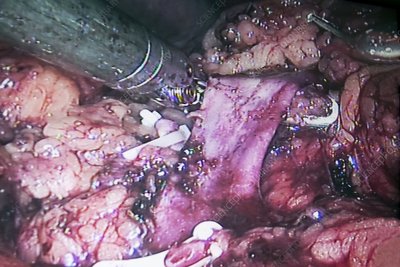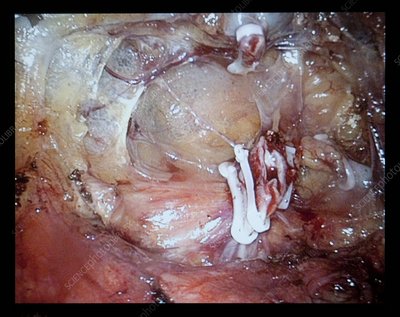
A person has two kidneys (or alternatively, one kidney and one bladder or ureter) in each side of the body. Each kidney is about five inches (just over fourteen centimeters) in length and just under three inches (just over eight centimeters) in width – about the size of a credit card. To find your kidneys, place your hands flat on your hips while sliding your fingers up until your fingertips touch your elbows.
To reach the left kidney, push the front of your hand forward until your knuckles touch your elbow
This brings your hand and your thumb together. Now, use your fingers to press down on the front part of the kidney.
To find the right kidney, use your index and middle fingers to pull your hand up as far as possible until your palms touch the front part of the kidney. Once this is achieved, continue pushing up and out until your knuckles touch the back part of the kidney. Then, pull up slowly again. The thumb and the index finger are often used to help you reach the right kidney.
Kidneys are not easy to locate unless you have to. If you find them, however, having them removed is not as scary as it might sound.
Most people who decide to get kidney removal surgery do so because they know that the disease is not curable, but simply treatable. There is no known cure for kidney failure. However, a person can keep the kidneys functioning properly by taking medications that help regulate their functions. Medications that slow down the pace of urine loss, control inflammation, and eliminate pain can also help prevent the disease from recurring.
In some cases, kidney failure may require removal of the kidneys altogether. This is very rarely done, however, because the kidney will still need to function correctly and keep the blood from flowing to the other side of the body. It's even possible that some of the kidney tissue could die due to the extreme stress on its body. In this case, the individual would be able to donate the organ to someone else.

Removal of the kidneys is not painful, but there may be some swelling and bruising following the procedure
In fact, if there is a large amount of fluid present after removal, the person may not be able to stand or walk properly for a while waiting to be given fluids.
If you're wondering what your next steps are going to be, talk to your doctor. You might need a few weeks in recovery before you return to normal activities. Be sure to let your doctor know that your doctor will be removing your kidneys if necessary. In fact, this is usually how many people receive their operation.
Your doctor may tell you to follow a dietary plan to help with the discomfort of the kidney removal surgery. Also, you will likely need medication to help you deal with pain. Talk to your doctor about whether you should take anti-inflammatory drugs or aspirin after the surgery.
Your doctor may tell you to follow the same recovery process that you had before you had the surgery. In fact, your doctor may refer you to a rehab clinic to help you with this. In some cases, an inpatient program may be necessary. After your treatment has ended, make sure that you are exercising regularly to help increase your energy level.
Some of the medications used to treat this disease can cause urinary tract infections. To help avoid this problem, talk to your doctor about the best way to minimize your chances of developing kidney infection.
As with any disease, early detection and care are very important. Remember to keep track of any symptoms and seek medical attention as soon as possible. Keep in mind that your kidney is very important and that even with the disease being manageable, it's not the end of the world if yours fails.
